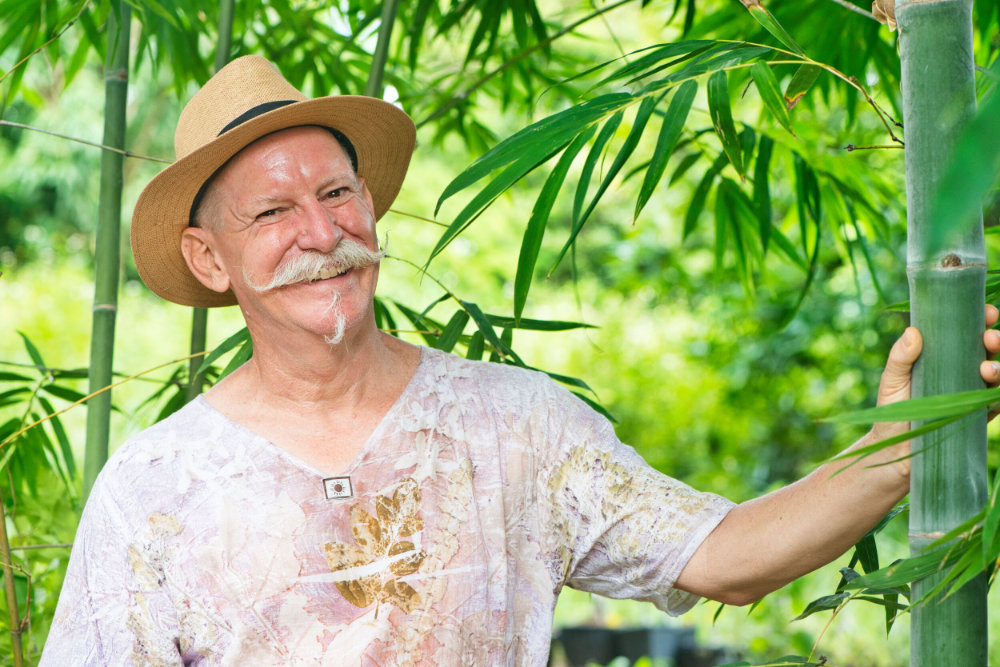Bamboo Basics: Choosing the Right Type for Your Climate and Soil
Bamboo is a versatile, fast-growing plant that can enhance gardens and landscapes. Being aware of some of the bamboo basics before you plant will ensure a more outstanding experience. With its unique aesthetic and functional benefits bamboo introduces a special serenity to any garden.
Whether you’re looking to create a lush privacy screen or add a touch of exotic elegance, bamboo offers many possibilities.
However, choosing the right type of bamboo for your specific climate, soil, and location is crucial to ensuring its success.
This article will guide you through the different bamboo varieties and their needs. It will help you select the best type for your location, whether you’re in:
- the USA,
- Britain,
- Europe,
- Australia
- or South East Asia.
Understanding Bamboo Varieties
Bamboo is basically categorized into two types, Running and Clumping. Each type has distinct growth habits and care requirements.
1. Running Bamboo (Monopodial)
Growth Pattern:
Running bamboo spreads aggressively through underground rhizomes. If not controlled, it can quickly become invasive, overtaking garden beds and lawns.
Common Running Bamboo Varieties:
- Phyllostachys aurea (Golden Bamboo),
- Phyllostachys nigra (Black Bamboo),
- Phyllostachys edulis (Moso Bamboo).
Best For:
Large areas where aggressive spread is manageable, or in containers with barriers to restrict growth.
Running bamboos are naturally occurring in more temperate climates. They typically send out runners during their active growth periods. This is usually in the warmer months. However, exact timing can vary depending on the bamboo species and specific climatic conditions.
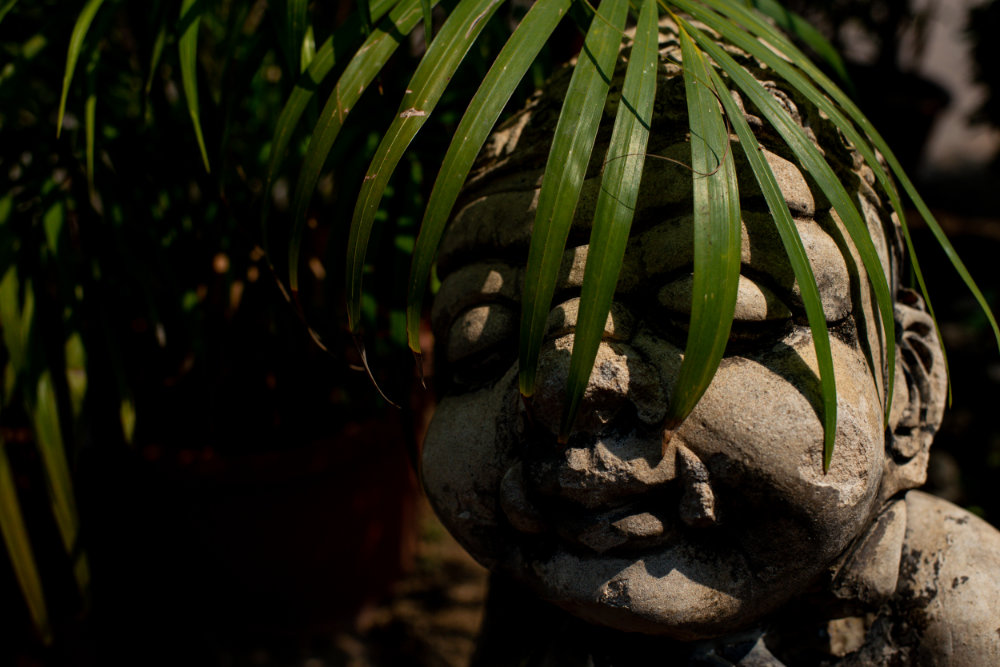
2. Clumping Bamboo (Sympodial)
Growth Pattern:
Clumping bamboo grows in a more contained manner, with new shoots emerging close to the base of the plant. It is less invasive and generally easier to manage.
Common Clumping Bamboo Varieties:
- Fargesia robusta (Green Screen Bamboo),
- Bambusa multiplex (Hedge Bamboo),
- and Bambusa textilis (Weaver’s Bamboo).
Best For:
Smaller gardens, decorative use, or as a privacy screen where a non-invasive plant is desired.
Bamboo Basics: Varieties and Climate Considerations
The success of bamboo cultivation greatly depends on matching the plant’s needs with your local climate. Here’s a regional breakdown to help you choose the right bamboo for different locations:
United States
1. Cold Climates (Zones 4-6)
Recommended Varieties:
Fargesia species are ideal for cooler climates.
- Fargesia murielae (Umbrella Bamboo)
- Fargesia nitida (Green Panda Bamboo)
Both of these bamboo basic varieties are well-suited for colder regions as they are more tolerant of frost.
Care Tips:
Ensure well-draining soil. Consider winter mulching to protect the roots from freezing temperatures.
2. Temperate Climates (Zones 7-8)
Recommended Varieties:
- Phyllostachys aurea (Golden Bamboo)
- Phyllostachys nigra (Black Bamboo)
Both varieties thrive in these areas. They are more resilient to varying weather conditions and can handle occasional cold snaps.
Care Tips:
Provide adequate water during dry periods and regular pruning to maintain shape and health.
3. Warm Climates (Zones 9-11)
Recommended Varieties:
- Bambusa oldhamii (Oldham Bamboo)
- Bambusa vulgaris (Common Bamboo)
Both varieties are suitable for warmer climates. They are more tolerant of heat and can handle high humidity.
Care Tips:
Ensure regular watering, especially during hot and dry spells, and provide some shade if temperatures soar.
Britain
1. Cold and Wet Climates
Recommended Varieties:
- Fargesia robusta (Green Screen Bamboo)
- Fargesia murielae (Umbrella Bamboo)
These bamboo varieties are ideal for Britain’s cool and wet conditions.
Care Tips:
Make sure there is good drainage to avoid water logging. If you’re growing running bamboo, use barriers to control its spread.
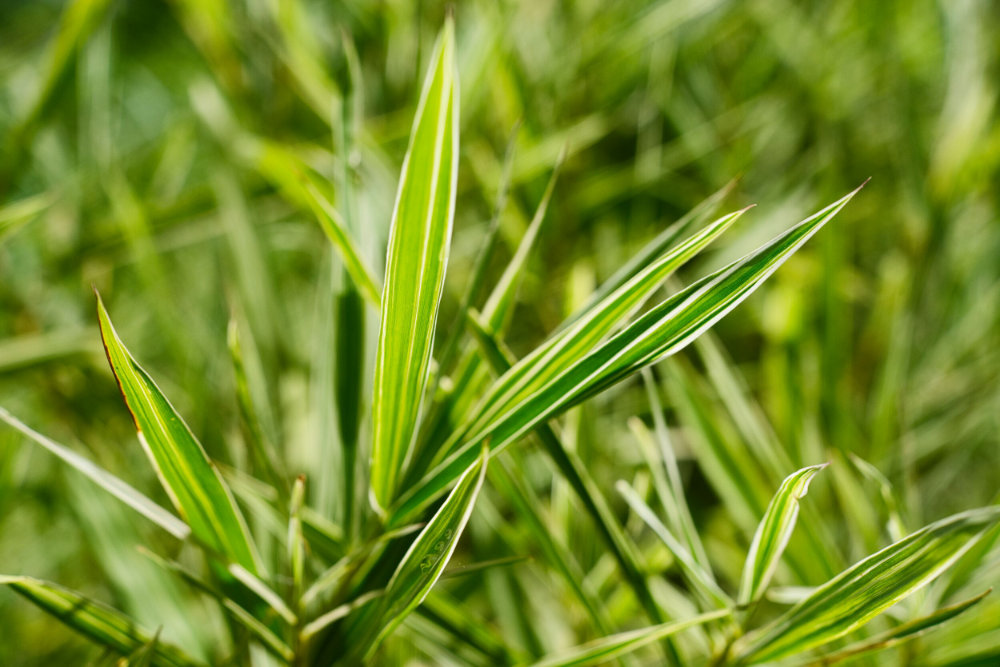
2. Mild Climates
Recommended Varieties:
- Phyllostachys nigra (Black Bamboo)
- Phyllostachys aurea (Golden Bamboo)
These types of bamboo can do well in milder conditions. They add a striking visual appeal and handle Britain’s climate well.
Care Tips:
Regular watering and occasional feeding will keep the bamboo healthy and lush.
Europe
1. Northern Europe (Cooler and Wet)
Recommended Varieties:
The Fargesia species are again a good choice due to their cold tolerance. Fargesia rufa (Rufa Bamboo) is particularly well-suited for cooler climates.
Care Tips:
Provide well-draining soil and avoid waterlogging. Regularly check for fungal issues, which can be common in damp climates.
2. Southern Europe (Warmer and Drier)
Recommended Varieties:
- Bambusa tulda (Tuld Bamboo)
- Phyllostachys bambusoides (Giant Timber Bamboo)
These are both suited to warmer and drier regions.
Care Tips:
Water consistently during dry periods and provide mulch to help retain soil moisture.
Australia
1. Tropical and Subtropical Climates
Recommended Varieties:
- Bambusa textilis (Weaver’s Bamboo
- Bambusa oldhamii (Oldham Bamboo)
These bamboos thrive in Australia’s warm, humid conditions.
Care Tips:
Ensure regular watering and protection from strong winds. Bamboo in tropical areas may benefit from occasional pruning to control size and shape.
2. Temperate Climates
Recommended Varieties:
- Phyllostachys edulis (Moso Bamboo)
- Phyllostachys bambusoides (Giant Timber Bamboo)
These two bamboo varieties are appropriate for temperate zones.
Care Tips:
Provide well-draining soil and regular watering. Mulching can help in maintaining soil moisture and temperature.
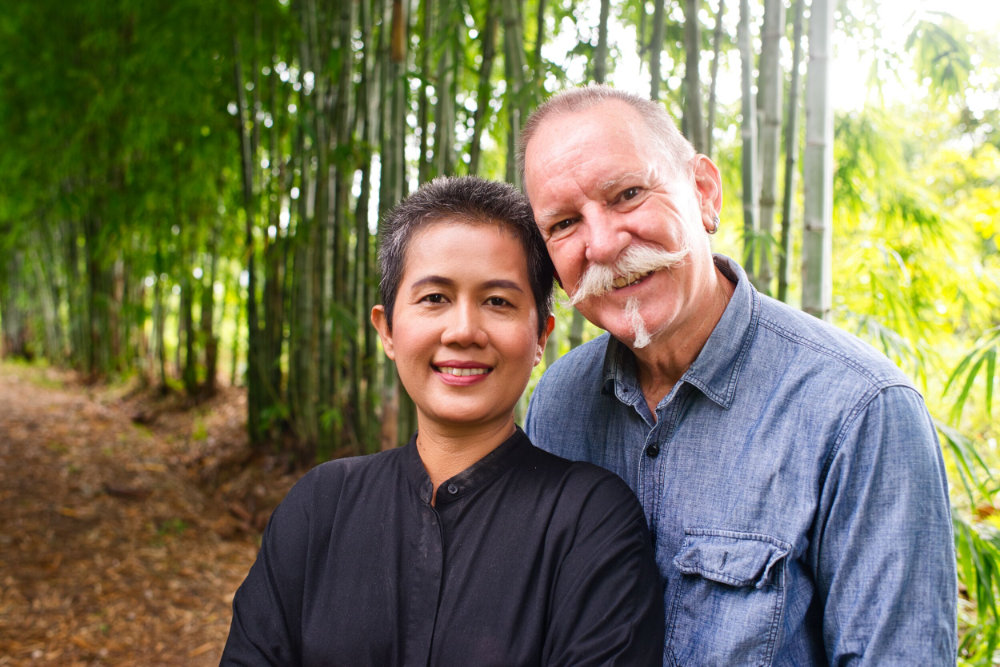
Soil Requirements
Bamboo thrives in well-draining, nutrient-rich soil. Here’s what you need to know about soil conditions:
1. pH Level:
Most bamboo varieties prefer a slightly acidic to neutral pH (5.5-7.0). Conduct a soil test to determine your soil’s pH and adjust it if necessary.
2. Drainage:
Good drainage is crucial as bamboo does not tolerate waterlogged soil. If your soil is heavy clay or tends to retain water, consider raising the planting area or using raised beds.
3. Nutrient Requirements:
Bamboo benefits from rich, organic soil. Incorporate compost or well-rotted manure into the soil before planting. This provides essential nutrients and improves soil structure.
Bamboo Basics Planting and Care Tips
1. Planting:
Plant bamboo in a location with adequate sunlight for the species you choose. Most bamboo prefers full sun to partial shade. Space plants according to their mature size to avoid overcrowding.
2. Watering:
Bamboo needs consistent moisture, especially during the establishment phase. Once established, it is relatively drought-tolerant. But bamboo will enjoy regular watering during dry periods.
3. Fertilizing:
Use a balanced, slow-release fertilizer in the spring to support healthy growth. Avoid over-fertilizing, as this can lead to excessive leaf growth and weak stems.
4. Pruning:
Regular pruning helps maintain the shape and health of bamboo. Remove any dead or weak culms (stems) and thin out crowded areas to improve air circulation and light penetration.
5. Pest and Disease Management:
Keep an eye out for common bamboo pests such as aphids and spider mites. Use appropriate treatments if necessary. Fungal issues can be managed by improving air circulation and avoiding waterlogging. Understanding these bamboo basics will help your bamboo plants thrive.
Growing Bamboo in Southeast Asia
Southeast Asia, with its diverse climates and rich soil, is a prime region for cultivating bamboo. This area is home to numerous indigenous bamboo species. People here have long utilized bamboo for various purposes, including:
- Construction (including for scaffolding),
- crafts,
- biochar,
- and even cuisine.
We love growing bamboo here at Suan Sook Homestay. We’ve got three different types of bamboo growing. Our largest bamboo variety is Dendrocalamus sericeus. It’s Thai name is Phai sang mon. It grows to a height of around 25 meters. The other two varieties are more ornamental and do not grow so tall. All three varieties are clumping bamboos.
When growing bamboo in Southeast Asia, you must consider the region’s environmental conditions. Selecting the right bamboo varieties for optimal growth is important. As always when deciding to plant bamboo, the location you choose should be suitable.
Here’s an in-depth guide on growing bamboo in Southeast Asia, tailored to different climate zones and soil types in this region.
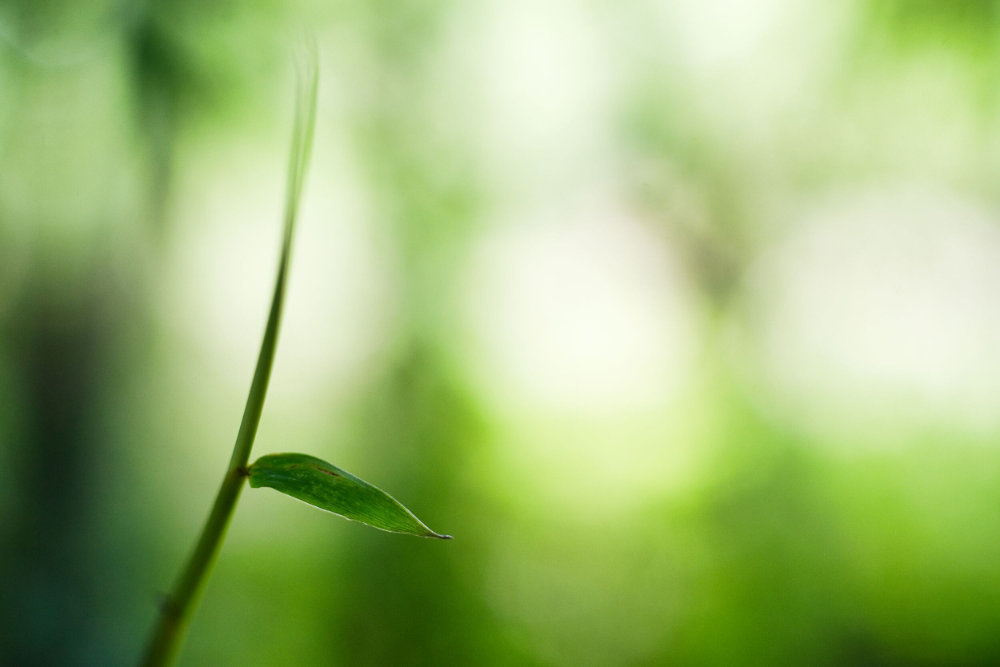
Bamboo Climate and Soil Considerations in Southeast Asia
1. Tropical Rain Forest Climate
Southeast Asia has a tropical rain forest climate. This means it experiences high temperatures and heavy rainfall all year round. The climate is ideal for many bamboo species that thrive in warm, humid conditions.
Recommended Bamboo Varieties:
Bambusa vulgaris (Common Bamboo):
Known for its rapid growth and tall, straight canes, this species is highly adaptable to tropical climates. This is an open-clump type bamboo species. It is native to Bangladesh, India, Sri Lanka, Southeast Asia, and to Yunnan in southern China. Bambusa vulgaris is been widely cultivated in many other locations and has become naturalized in several regions. It is one of the large bamboo species.
Bambusa textilis (Weaver’s Bamboo):
Valued for its thin, flexible canes, it’s often used in weaving and crafts. It isalso known as slender bamboo, clumping bamboo and weaver’s bamboo, is a species of bamboo in the Poaceae (grasses) family, native to China.
This slender bamboo is a giant, densely leaved bamboo. It grows in a tight clump up to 10 meters high and clumps 2 meters in width. It has a stem size of 3 cm.
Dendrocalamus asper (Giant Bamboo):
This species grows to impressive heights. It is often used for construction and large-scale applications. Dendrocalamus asper is also known as giant bamboo or dragon bamboo. This bamboo variety is a clumping species native to Southeast Asia.
The plant grows well across Asia and looks attractive while being easy to care for. Because of this, it has also been introduced widely in South America, Africa (especially Kenya, Malawi, and Ghana), Mexico, and parts of Florida.
One advantage of this bamboo, especially for gardens, is its natural growth habit as a sympodial, colony-forming plant. Overall this bamboo maintains its own “personal” growing space, as is common with clumping varieties of bamboo.
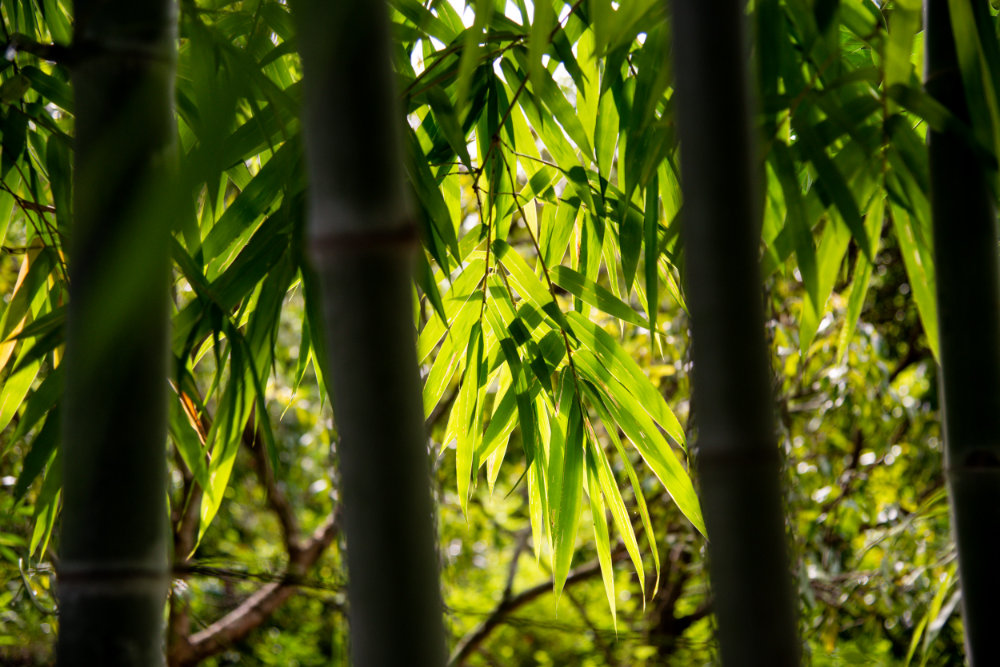
Bamboo Basics Care Tips:
Watering:
Regular watering is helpful, but not essential. While bamboo is quite resilient, consistent moisture helps maintain vigorous growth. During the dry season, bamboo loses much of its foliage without sufficient watering.
Soil:
Ensure the soil is well-draining to prevent water logging. Incorporating organic matter will improve soil fertility and structure.
Fertilizing:
Bamboo benefits from regular feeding. Use a balanced compost or fertilizer high in nitrogen to promote robust growth.
2. Subtropical Climate
In subtropical areas, the climate is slightly cooler with distinct wet and dry seasons. Bamboo in these regions will thrive if given appropriate care.
Recommended Varieties:
Bambusa oldhamii (Oldham Bamboo):
Tolerant of varying temperatures, this species is ideal for subtropical regions.
Bambusa oldhamii, known as giant timber bamboo or Oldham’s bamboo, is a large variety of bamboo. It is common in the United States and has been introduced into cultivation around the world. Bambusa oldhamii grows up to 20 metres (65 feet) tall in good conditions, and can have a diameter of up to 10 centimetres (4 inches).
Phyllostachys bambusoides (Giant Timber Bamboo):
Phyllostachys bambusoides, commonly called madake, giant timber bamboo, or Japanese timber bamboo. It is a species of flowering plant in the bamboo subfamily of the grass family Poaceae. A native to China, and possibly also to Japan.
This bamboo species is suited for subtropical areas. It grows tall and straight, making it useful for construction and privacy screens.
Bamboo Basics Care Tips:
Watering:
Subtropical regions experience more defined dry periods. It is important to ensure bamboo receives adequate water during these times. Without adequate watering during times of little or no rain, bamboo will lose much of its foliage.
Soil:
Provide well-draining soil with plenty of organic matter. Mulching can help retain soil moisture and reduce temperature fluctuations. Using fallen leaves mounded around the base of bamboo clumps helps retain moisture and provide nutrients to the bamboo.
Pruning:
Regular pruning helps manage size and shape, especially in areas with variable rainfall. Removing older and dead culms promotes new growth and will help keep clumps looking attractive.
3. Monsoon Climate
Monsoon climates have pronounced wet and dry seasons. Thus, special attention to bamboo’s water needs and soil conditions is required.
Recommended Varieties:
Bambusa arundinacea (Thorny Bamboo):
This species is particularly hardy and can withstand heavy rains and dry periods.
Bambusa bambos, is also known as the giant thorny bamboo, thorny bamboo, spiny bamboo, or Indian thorny bamboo. It is a species of clumping bamboo native to southern Asia (India, Bangladesh, Sri Lanka and Indochina).
Dendrocalamus strictus (Male Bamboo):
Known for its strength and durability. This bamboo it is used in various construction applications and adapts well to monsoon conditions.
Dendrocalamus strictus is a bamboo species belonging to the Dendrocalamus genus. The culms are often solid. Common names include male bamboo, solid bamboo, and Calcutta bamboo.
It is a tall, dull green-colored bamboo species, which grows in large clumps of heavily branched, closely growing culms. Dendrocalamus strictus reaches a height of 6 – 18 m.
Care Tips:
Watering:
Ensure good drainage during the wet season to prevent root rot. During dry periods, water bamboo consistently.
Soil:
Soil should be well-draining and capable of handling large volumes of water. In wet areas digging drainage trenches helps to ensure the soil does not become waterlogged.
Fertilizing:
During the monsoon season, bamboo will benefit from compost or a balanced fertilizer to support growth after heavy rains.
Soil Requirements for Bamboo in Southeast Asia
Bamboo thrives in Southeast Asian soils, which are typically rich and well-draining. However, there are specific considerations for optimizing growth:
pH Level:
Most bamboo basic species prefer a slightly acidic to neutral pH (5.5-7.0). Test soil pH and amend with lime or sulfur if necessary to achieve the ideal pH range.
Drainage:
Good drainage is crucial, as bamboo does not tolerate waterlogged soil. In areas with heavy rainfall, ensure planting areas are elevated to prevent water accumulation around the roots.
Nutrient Requirements:
Bamboo benefits from nutrient-rich soil. Incorporate compost or well-rotted manure into the planting area. This enhances soil fertility and support healthy growth. Regular application of a balanced fertilizer can also be beneficial. Here at Suan Sook Homestay we prefer not to use chemical fertilizers. We find natural mulching and added compost provide sufficient nutrients.
Bamboo Basics: Planting and Care Tips for Southeast Asia
Planting:
Choose a location with ample sunlight, as most bamboo species prefer full sun to partial shade. This is one of the most essential bamboo basics when planning a bamboo garden. Space plants according to their mature size to avoid overcrowding and ensure adequate air circulation.
With running bamboo varieties it is essential to plant them only in areas where you can control the runners easily. Avoid planting near buildings, paths, or walls as the runners can be vigorous during the growing season.
Running bamboo varieties typically send out runners during their active growing season. This is usually in the warmer months of the year. In most temperate regions in the northern hemisphere, this period is from late spring to early fall, roughly between May and September. However, the exact timing can vary based on your specific climate and the particular species of bamboo.
In tropical regions with year-round growing seasons, running bamboo can spread its runners almost all year. However, it might slow down a bit depending on the weather and seasonal changes. Understanding these bamboo basics will ensure a more pleasurable gardening experience.
Watering:
Consistent moisture is key, especially during the establishment phase. Once established, bamboo is relatively drought-tolerant. But will benefit from regular watering during dry periods.
Fertilizing:
Apply a balanced, slow-release fertilizer in the growing season to support vigorous growth. Avoid over-fertilizing, as this can lead to excessive leaf growth and weak stems.
Pruning:
Regular pruning helps maintain the shape and health of bamboo. Remove dead or weak culms and thin out crowded areas to improve air circulation and light penetration.
Pest and Disease Management:
Watch for common pests such as aphids and spider mites, especially with young plants. Use appropriate treatments as needed. Bamboo is generally resistant to disease, but keeping the area free of excess moisture can help prevent fungal issues.
Bamboo Basics Conclusion
Growing bamboo in Southeast Asia is a natural opportunity. It’s a versatile and sustainable plant. Knowing some bamboo basics will help you develop a successful bamboo garden. First understand your area’s climate and soil conditions. Then choose the right bamboo varieties for those conditions.
Whether you’re in a tropical rainforest, subtropical, or monsoon climate, bamboo can enhance your space with its unique beauty. Not to mention its many functional benefits. With proper care and attention to local conditions, bamboo can become a valuable and enduring addition to your environment.
